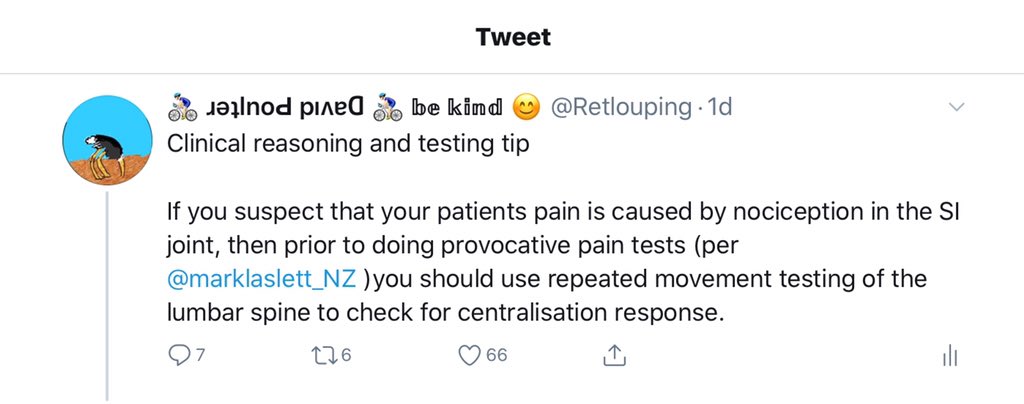Strap in...
This type of spondylolythesis occurs as a result of a stress reaction of the boney junction between the superior and inferior articular pillars of the lumbar spine, commonly L5/S1 & L4/L5, the stres reaction “spondylolysis

nejm.org/doi/full/10.10…
Humans are adaptable and durable.

It is important to note symptoms may occur in all five types, but one must be careful to reason if the slip is causative or a coincidental image finding.















